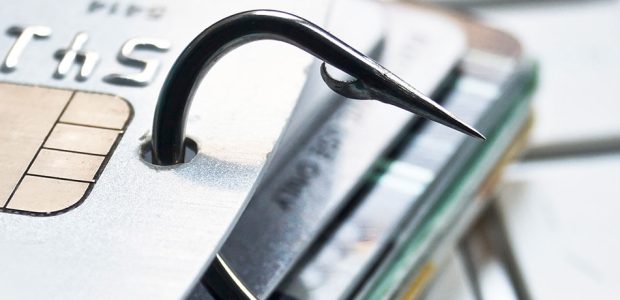The first thing that customers expect from a bank website is security. Naturally, due to the sensitive information they hold, bank websites and any similar financial service providers have become the obvious target of hackers. In fact, in 2021 alone, there have been 1,473 cyberattacks in the United States which led to 164.6 million successful data breaches. It certainly makes sense that as a result of these types of cyberattacks most people don’t feel secure sharing personal information online.
For that reason, it’s of prime importance to know how to secure your bank’s website from hackers and all kinds of cyber threats. And above all, you must provide your customers with a private, secure and consistent financial experience every time they use your services online. In this article, we will share some of the smartest and the most efficient ways to secure your bank’s website.
Use Dedicated Hosting Only
Some websites use shared hosting environments and there as the name suggests the server space is shared with other websites. These types of hosting environments are usually cheaper but come with numerous security risks. To avoid such risks, it is highly recommended for the banks to host their websites on dedicated servers only. In that way, they wouldn’t have to worry about other websites or applications damaging their bandwidth, server space, or causing any security issues.
Implement Data Encryption
Without a doubt, data encryption is key when it comes to securing your bank website from hackers. The first thing you have to think about is Secure Sockets Layer or SSL security. In this way, you will protect your customers’ data and gain their trust. This way of encryption installed on your bank website will ensure that you are safeguarded from any type of cyber threats. Moreover, SSL security is one of the most important parts of any SEO strategy, so talk about a win-win situation.
Update CMS and Plugins Regularly
Keep in mind that if you want your bank website to perform in the best way possible it’s important to pay attention to its elements and ‘do housekeeping’. It’s not enough to simply install the best plugins or configurations and expect them to do their wonders. Don’t forget to regularly update the CMS (Content Management System) and all plugins installed on your website. Quite often when a certain plugin is not updated it can’t work properly and it can make your website vulnerable to cyber attacks.
Perform Vulnerability Scans
In line with the updates of plugins, another important way to secure your bank website from hackers is to routinely perform vulnerability scans. This is one of the most important steps in protecting your website because in this way you can prevent any potential threats. There are different tools that can serve the purpose of scanning your website to recognize any areas that may be open to vulnerabilities and flag them to you. The next step is to protect those potential breach areas and protect them against digital attacks. Most of these tools perform a vulnerability scan every ninety days in order to ensure the online security of the website.
Prevent DDoS Attacks
One very serious cyberattack that could happen to a website is the DDoS attack or Distributed Denial of Service. Also known as the brute-force tactic, with this attack hackers are attempting to overload the servers of a certain website and thus prevent access to users. If such an attack happens to a bank website it means that the customers wouldn’t be able to get access to their accounts and financial information. This would also mean that their financial data is trapped.
Therefore, preventing DDoS attacks should be a priority for all bank websites and one way to do that is to use a dedicated server instead of a shared one.
Install Intrusion Detection and Monitoring
The best way to secure your bank website is to monitor it and try to detect any suspicious activities before you fall victim to cyberattacks. Provide 24/7 monitoring, support, and intrusion detection systems to protect your website.
How to Secure Your Bank Website from Hackers?
Ultimately, becoming a victim of cyberattacks can be devastating to your customers and your bank equally. Any type of disruption of service can mean losing valuable resources, time, and most importantly trust in the customer relationship. Simply put, it should be your primary goal to protect and secure your bank website from hackers and at the same time protect your customers’ data and provide the best user experience possible.
However, if you already are a BankSite Services customer, you can sleep peacefully knowing that we have taken these and many more measures to make sure your bank’s website is 100% secure!


